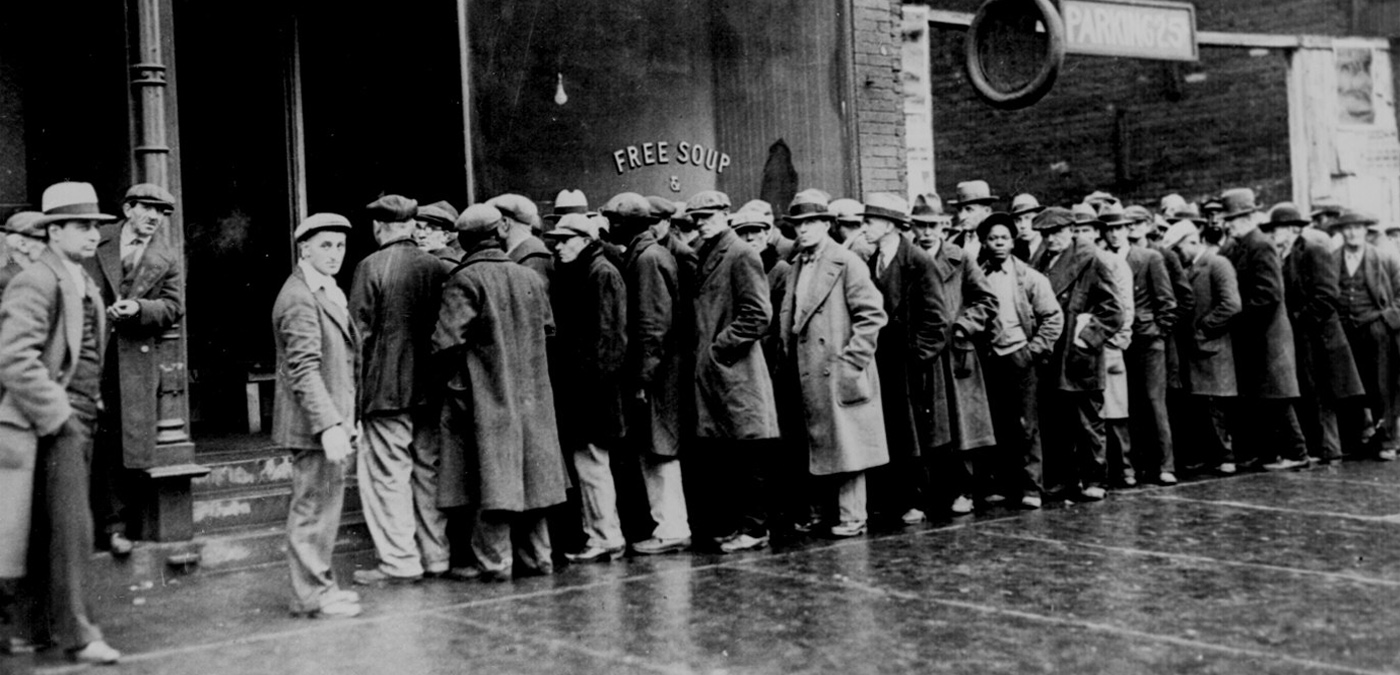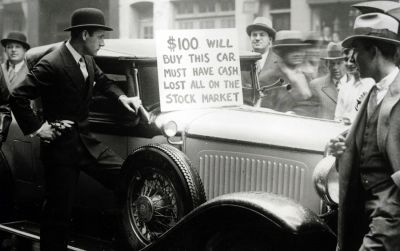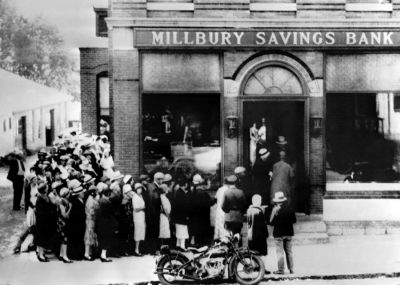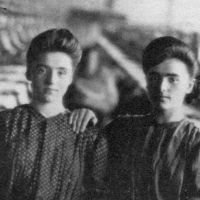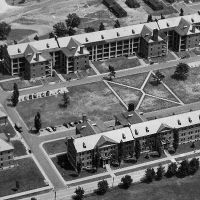Primary Source
…I was scarcely prepared for the painfully awry conditions that I found in Lawrence, once the leading wool and worsted city in the United States, a half hour's trolley ride from Lowell….
Lawrence, with its tremendous mills, was a "mistake," which the mill owners had been trying to rectify by operating the mills only a little more than was necessary to pay the overhead on the old mills, and thus killing the unions; for when jobless or working only part-time, workers cannot pay their union fees. The process of rectifying this "mistake" was still going on when I came. And it was a painful process to the people —especially the working people — of the city of Lawrence.
I happened to arrive before daybreak on a Monday morning and, walking about, saw hundreds of shabby, silent, hollow-eyed men and women, native and foreign born, going toward the immense, dark mills. I discovered later that very few of them were going to work; most were seeking work. On Mondays they usually went to the mills to learn from the employment managers if any help would be needed during the week. Many of them had been making these Monday-morning pilgrimages for months, some of them for years, getting only a day's or two days' work now and then.
By eight o'clock the great majority of them were returning from the mills. Some had been told to come to work on Wednesday or Thursday or Friday; others, perhaps a majority of them, were told there was no work for them this week. Perhaps next week.
Women hurried home. Men stood on curbs, wretchedness inherent in their every action and aspect; penniless men, most of them without any intelligent, objective idea of what was happening to them, what was going on in Lawrence or in the textile industry. One of them said to me, "I don't know nothing, only that I have no job. No job — no job," he repeated in a shrill, half-hysterical voice.
Quoted in Commonwealth of Toil: Chapters in the History of Massachusetts Workers and Their Unions, by Tom Juravich, William F. Hartford, and James R. Green (University of Massachusetts Press, 1996).


